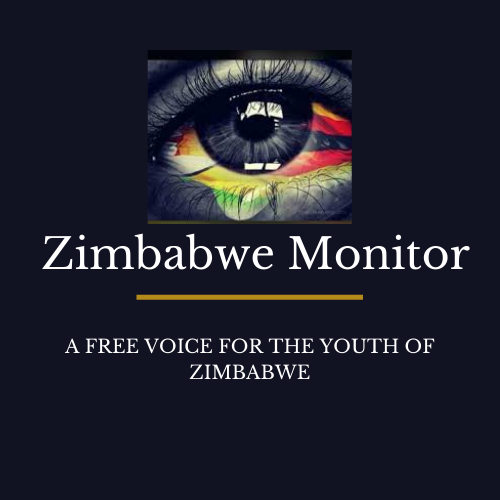The #LestWeForget series reminds us of the crimes committed against fellow political and human rights activists by the ZANU PF government under Mnangagwa and the late Mugabe. As youth we must never forget the sacrifices made by our fellow youth over the years. We honour their memories by remembering their journeys and continuing the fight for a #BetterZimbabwe
Tonderai Ndira will not be campaigning when Zimbabwe votes again in 2023. He will not rally his neighbourhood, as he did back in 2011, for one last push against an unwanted regime. Instead, he is buried in an unmarked grave in the Warren Hills cemetery in Harare. A week on from his funeral, only his brother knew for sure which of the mounds is his. He will not leave a marker because he believes state agents are still not finished with the murdered activist. They would like to dig up his brother’s remains to remove the incriminating evidence.
Mr Ndira’s body was only found by accident in one of the capital’s morgues in October 2011. His eyes had been gouged out and his tongue cut off. The 30-year-old was so badly beaten his father had trouble identifying him. A distinctive ring confirmed the identity of a man compared by some to South Africa’s murdered rights activist, Steve Biko.
Mr Ndira, a lifelong campaigner for political change, had been arrested more than 30 times but kept up his opposition to the government that has led Zimbabweans to the lowest life expectancy in the world. His remains – a crushed skull, a bullet wound through the chest and blood-stained shorts – are a depressing metaphor for Zimbabwe in the aftermath of stolen elections.
A new wave of abductions, punishment beatings and unlawful arrests of opposition activists is under way in an attempt to silence growing discontent with the handling of the pandemic, widespread corruption and state sponsored campaigns of disinformation. All reminiscent of the Mugabe regime where bodies of the disappeared would turn up in mortuaries, activists abducted from homes, streets and workplaces. Over the years countless numbers have died, even more been treated in failing hospitals, and scores have been driven from their homes and countless more have lost their livelihoods.
The tale of Mr Ndira is all too familiar in our conutry. His circumstances echo those of scores of others victimised in a state-sponsored campaign to beat the MDC-A into submission. A veteran of numerous arrests and internments, beatings and torture, Mr Ndira was accustomed to keeping on the move and staying one step ahead of the state security apparatus. Two weeks before his murder, suffering from exhaustion, he returned home to Mabvuku township outside Harare. Before dawn, say his family and other witness, a group of about 10 men, some masked and carrying Kalashnikov AK-47 rifles, appeared at his doorstep and demanded to see him. His wife called out to him and he asked the visitors to call back later. Instead, they burst into the activist’s home and beat him in front of his two young children, before dragging him outside and into a truck, bloodied and still in his underwear.
In the weeks that followed his abduction, his family made frantic efforts to obtain any details about what happened to him. What took place can only be surmised by the unidentified, broken body that was found in a field in Goromonzi, 20 miles outside the capital, and taken to the mortuary at Harare’s Parirenyatwa hospital. Mr Ndira was reportedly identified only after someone recognised the mutilated corpse from its tall and thin frame and guessed the rest.
It was a fate that would not have surprised the man himself. Interviewed by the BBC’s Panorama programme in 2002, Mr Ndira said: “We are prepared to die. It is just the same, we are still dying in Zimbabwe. We are dying by hunger, by diseases, everything, so there is nothing to fear.”

